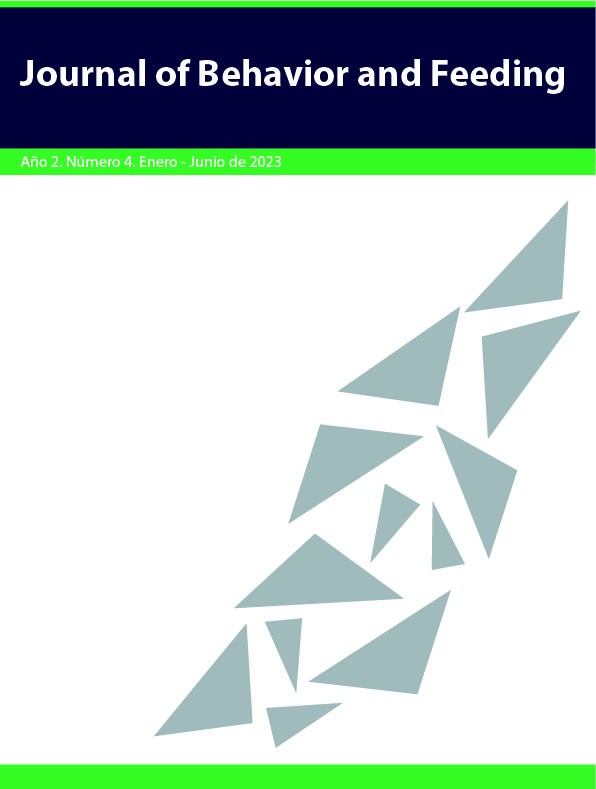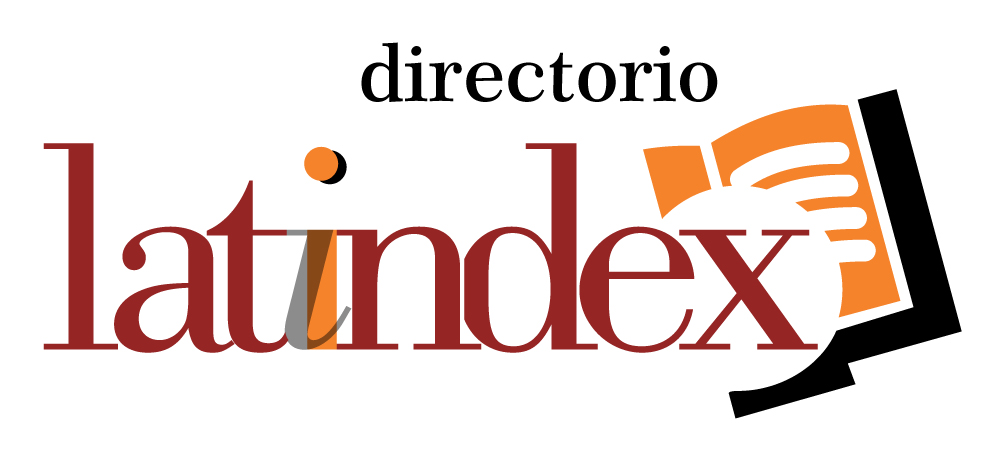Emotional eating, family functioning, and anxiety: Body image discrepancy during the pandemic
DOI:
https://doi.org/10.32870/jbf.v2i4.32Keywords:
emotional eating, body satisfaction, confinement, anxiety, family functioningAbstract
Abstract
The Covid-19 pandemic implied the incorporation of multiple measures to preserve the life of the population, among which are the confinement and the reduction of educational, labor, economic activities. In the medium and long term, these measures influenced people’s health, especially in relation to obesity as a result of lifestyle modification and diet. This research aimed to describe the differences in emotional eating, family functioning and anxiety among the different levels of body discrepancy in the context of the pandemic, derived from concern about weight gain and worsening quality of life due to the impact that changes have had on emotional well-being and social relationships. A descriptive cross-sectional field study was used with a non-probabilistic sample of 814 people, 506 women and 308 men between 18
and 76 years old with an average of 28.76. The Emotional Eating Scale, the instrument to evaluate Family Functioning and the Stunkard Silhouettes were used to evaluate body satisfaction. It was found that the population with the highest degree of discrepancy with body image reported higher levels of obesity, lower family cohesion, greater indifference and tendency to emotional eating. Emotional eating had a notable increase as one of the negative effects of the pandemic and as a strategy to face adverse situations, with it also the degree of body or dissatisfaction and health problems such as obesity. It is required to inform the population about the proper management of emotions, healthy eating and the importance of support networks such as family and friends in the face of adverse situations.
Downloads
Published
How to Cite
Issue
Section
License
Copyright (c) 2023 Universidad de Guadalajara

This work is licensed under a Creative Commons Attribution-NonCommercial-NoDerivatives 4.0 International License.
This is an open-access article distributed under the terms of the Creative Commons Attribution License (CC BY). The use, distribution or reproduction is permitted, provided the original author(s) and the copyright owner(s) are credited and that the original publication in this journal is cited, in accordance with accepted academic practice. No use, distribution or reproduction is permitted which does not comply with these terms.







